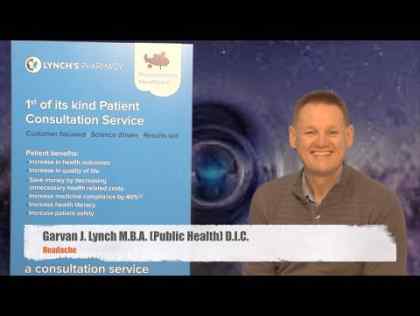
What is it?
A tension headache — or tension-type headache, as it's medically known — is the most common type of headache, and yet its causes aren't well understood. A tension headache is generally a diffuse, mild to moderate pain that many people describe as feeling as if there's a tight band around their head.
It may feel as though muscle contractions are responsible for your head pain, but experts don't think that's the cause, which is why this type of headache is generally referred to as a tension-type headache.
Fortunately, effective treatments for tension headaches are available. Managing a tension headache is often a balance between fostering healthy habits, finding effective nondrug treatments and using medications appropriately.
Symptoms
Signs and symptoms of a tension headache include:
- Dull, aching head pain
- The sensation of tightness or pressure across your forehead or on the sides and back of your head
- Tenderness on your scalp, neck and shoulder muscles
- Occasionally, loss of appetite
A tension headache can last from 30 minutes to an entire week. You may experience these headaches only occasionally, or nearly all the time. If your headaches occur 15 or more days a month for at least three months, they're considered chronic. If you have headaches that occur fewer than 15 times in a month, your headaches are considered episodic. However, people with frequent episodic headaches are at a higher risk of developing chronic headaches.
The headache is usually described as mild to moderately intense. The severity of the pain varies from one person to another, and from one headache to another in the same person.
Tension headaches can sometimes be difficult to distinguish from migraines, but unlike some forms of migraine, tension headache usually isn't associated with visual disturbances (blind spots or flashing lights), nausea, vomiting, abdominal pain, weakness or numbness on one side of the body, or slurred speech. And, while physical activity typically aggravates migraine pain, it doesn't make tension headache pain worse. An increased sensitivity to light or sound can occur with a tension headache, but this isn't a common symptom.
Causes
The exact cause or causes of tension headache are unknown. Experts used to think that the pain of tension headache stemmed from muscle contraction in the face, neck and scalp, perhaps as a result of heightened emotions, tension or stress. But research suggests that there doesn't appear to be a significant increase in muscle tension in people diagnosed with tension headache.
Changes in brain chemicals
Researchers now suspect that tension headache may result from changes among certain brain chemicals — serotonin, endorphins and numerous other chemicals — that help nerves communicate. Although it's not clear why the chemical levels fluctuate, the process is thought to activate pain pathways to the brain and to interfere with the brain's ability to suppress the pain.
Triggers
It's likely other factors also contribute to the development of tension headaches. Potential triggers may include:
- Stress
- Depression and anxiety
- Poor posture
- Working in awkward positions or holding one position for a long time
- Jaw clenching
Risk factors
Risk factors for tension headache include:
- Being a woman. One study found that almost 90 percent of women and about 70 percent of men experience tension headaches during their lifetimes.
- Being middle-aged. The incidence of tension headaches appears to peak in the 40s, though people of all ages can get this type of headache.
Complications
Because tension headaches are so common, their effect on job productivity and overall quality of life is considerable. When your head is "gripped in a vise," as the pain is often described, you may feel unable to attend family and social activities. You might need to stay home from work, or if you do go to your job, you work at only a fraction of your normal efficiency.
Diagnosis
If you have chronic or recurrent headaches, your doctor may try to pinpoint the type and cause of your headaches using these approaches:
- Your description of your pain. Your doctor can learn a lot about your headaches from your description of the type of pain, including its severity, location, frequency and duration, and other signs and symptoms you may have.
- Imaging tests. If you have unusual or complicated headaches, your doctor may order tests to rule out serious causes of head pain, such as a tumor or an aneurysm. Two common tests used to image your brain are computerized tomography (CT) and magnetic resonance imaging (MRI) scans. A CT scan is a diagnostic imaging procedure that uses a series of computer-directed X-rays to provide a comprehensive view of your brain. An MRI doesn't use X-rays. Instead, it combines a magnetic field, radio waves and computer technology to produce clear images.
- A headache calendar. One of the most helpful things you can do is keep a headache calendar. Each time you get a headache, jot down a description of the pain, including how severe it is, where it's located and how long it lasts. Also note any medications you take. A headache calendar can offer valuable clues that may help your doctor diagnose your particular kind of headache and discover possible headache triggers.
References
http://www.medicinenet.com/tension_headache/article.htm
http://www.nhs.uk/conditions/headaches-tension-type/Pages/Introduction.aspx
http://emedicine.medscape.com/article/792384-overview
http://www.webmd.com/migraines-headaches/guide/tension-headaches


